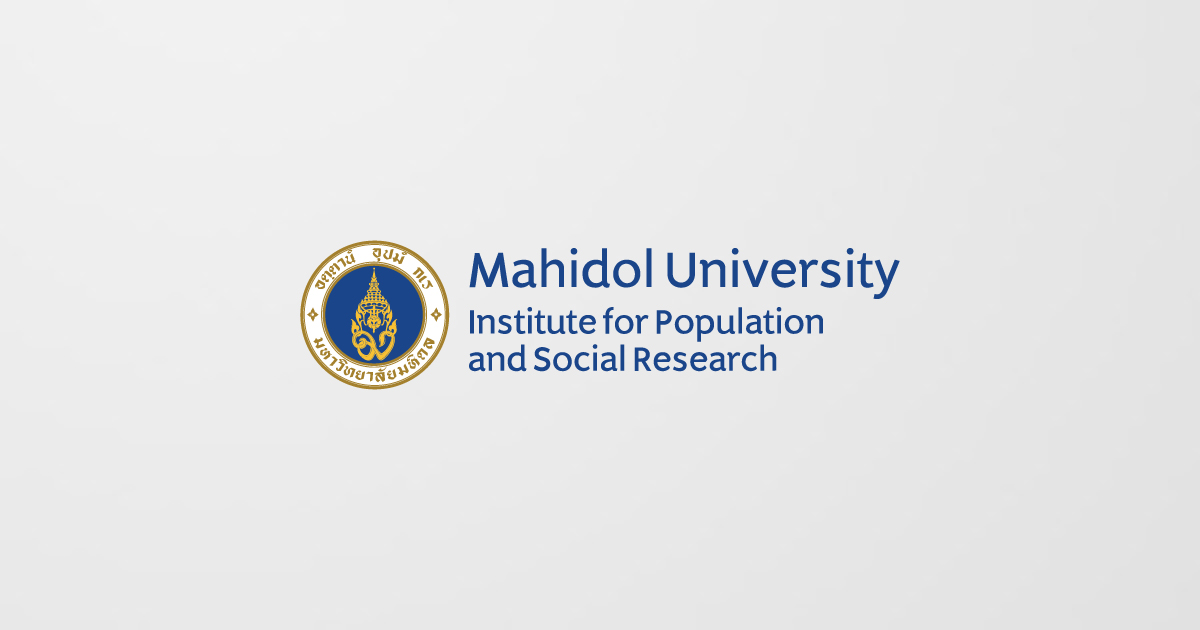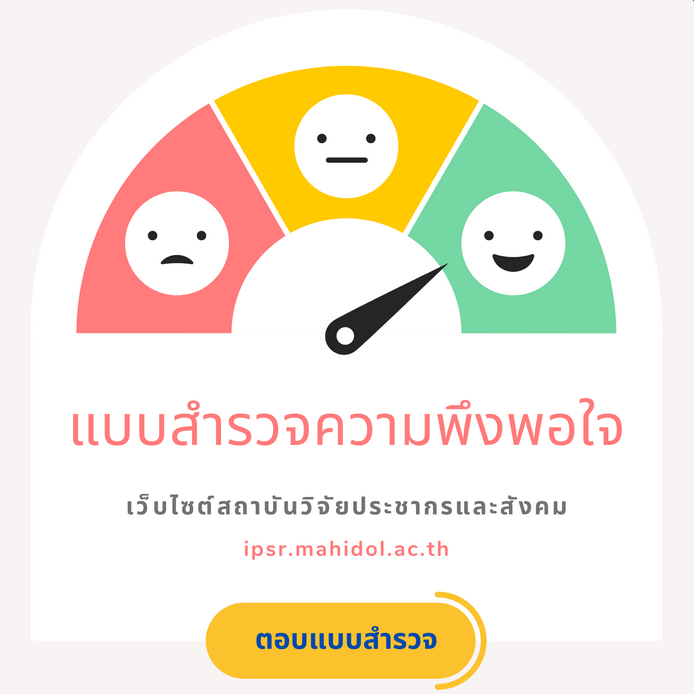ABSTRACT
Nowadays, childhood overweight is already epidemic developing countries. For instance, Thailand is now facing with a dramatically surged prevalence rate of childhood overweight aged between 5 to 12 years from 12.2 % to 15.6 % in only two years . Therefore, the purpose of this study is to examine the association between child weight status , health status and school achievement across the differential determinants among Thai primary school children. The data from the project of 4th Thai National Health Examination Survey (NHES IV) 2008-2009 , that was collected 4,821 children who lived in both municipal and non-municipal areas and aged between 6 and 12 years old in during 2008 to 2009 was analyzed to response the research objective. Determinants included child, parental and environmental characteristics and consequences of childhood overweight was composed of health status and school achievement. The Ordered and Logistics Regression models were employed to analyze the association between determinants and child weight status, and consequences of child weight status; health status and school achievement.
The finding showed that more than a half of 4,821 samples living in municipal areas included 2,415 girls (50.1%), and 2,406 boys (49.9%) of samples. The average mean of age was 9 years ,(SD= 2 years). For chi-square statistic, the relationship between child weight status and child, parental and environmental factors was significant at the 0.05, 0.01 and 0.001 level. The ordered regression analysis found that girl, age between 10 and 12 years, municipal area ,time watching TV at least 2 hours, physical activity less than 3 days per week, father education level(lower high school) and occupations(agriculture and business owner or government) and accessibility to food supply were high odd ratio of childhood overweight/obesity, while father education lower high school, age from 10 to 12 years, living in non-municipal area, underweight ,first or second birth order, doing physical activity at least 3 days per week and eating 1 or 2 meals per day were high odd ratio of low school achievement. The logistics regression analysis found that sleep <10 hours a day, no accessibility to facility for physical activity , physical activity < 3 days a week and second birth order were high odd ratio of risk association with asthma and girl, age from 6 to 9 years, time playing computer for knowledge at least 1 hour and overweight and obesity were high odd ratio of risk association with hypertension. In conclusion, from our findings that health consequences of Thai childhood overweight/obesity was statistically significant associated with child, parental and environmental factors. This fact demonstrated importance issues for the policy point of view that should to be consider the differential of child , parent and environment characteristic . The health promotion policy should be behavioral change and health education interventions both children and parents.
Moderator: Dr. Dusita Phuengsamran
August 26, 2015 Time: 12:30 – 13:30 hrs. Room Srabua 109

